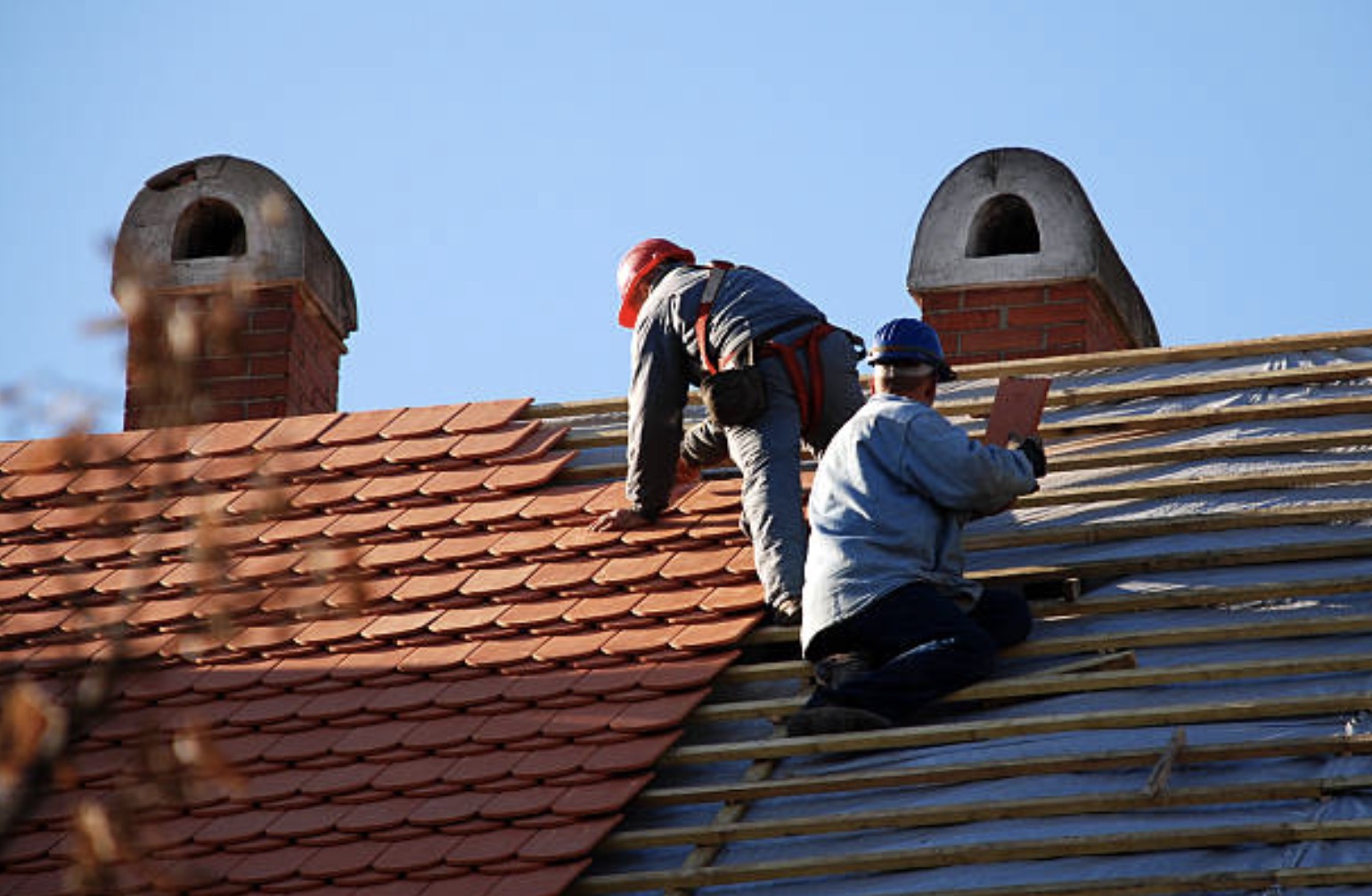When it comes to home maintenance and repairs, few things are as significant as your roof. It’s your shield against the elements, protecting you and your belongings from rain, snow, and sun. However, like everything else, roofs have a lifespan, and there comes a time when you need to consider roof replacement. But is it worth the hefty price tag? In this article, we’ll explore the factors to consider when deciding if a roof replacement is a wise investment.
1. The Age of Your Roof
The first factor to consider is the age of your roof. The typical asphalt shingle roof lasts about 20-25 years, while other materials like metal or tile can have longer lifespans. If your roof is approaching or has exceeded its expected lifespan, it’s a clear sign that replacement is on the horizon. Waiting too long can lead to more extensive damage to your home and potentially higher costs in the long run.
2. Visible Damage and Leaks
Inspect your roof regularly for visible damage such as missing shingles, curling or buckling, and algae growth. These are signs that your roof’s integrity is compromised. Leaks are a red flag and should be addressed immediately. While some repairs may fix minor issues, extensive damage may necessitate a full roof replacement.
3. Energy Efficiency
An old or damaged roof can negatively impact your home’s energy efficiency. If your heating and cooling bills have been on the rise, it could be due to poor insulation and ventilation caused by a failing roof. Investing in a new, energy-efficient roof can lead to long-term savings on your utility bills and increase the comfort of your home.
4. Resale Value
If you’re planning to sell your home in the near future, a new roof can be a valuable selling point. Prospective buyers often look for properties with recently replaced roofs, as they won’t have to worry about this significant expense in the near future. A new roof can also increase the overall curb appeal of your home, making it more attractive to potential buyers.
5. Safety Concerns
A deteriorating roof can pose safety risks to your household. Weak or damaged sections could collapse, endangering your family and belongings. Additionally, a compromised roof may not withstand severe weather conditions like strong winds or heavy snow, putting your home at risk of further damage. In such cases, investing in a new roof is not just a matter of cost but also safety.
6. Cost vs. Benefits
Roof replacement can be a substantial financial commitment, but it’s essential to weigh the costs against the benefits. Consider the potential savings on energy bills, the increased resale value of your home, and the peace of mind knowing your family is safe and protected. While the upfront cost may seem steep, the long-term advantages can make it a worthwhile investment.
7. Roofing Material Choice
When replacing your roof, you have various materials to choose from, each with its own cost and benefits. Asphalt shingles are the most common and budget-friendly option, while materials like metal, slate, or tile offer durability and longevity but come at a higher price. Your choice of roofing material should align with your budget and long-term goals for your home.
8. Professional Installation
To ensure the longevity and effectiveness of your new roof, it’s crucial to hire a reputable roofing contractor. A poorly installed roof can lead to problems down the road, negating the benefits of the replacement. Do your research, check references, and obtain multiple quotes to find the right contractor for the job.
In conclusion, the cost of roof replacement can be significant, but it’s an investment in the long-term health and value of your home. Factors like the age and condition of your roof, energy efficiency, safety concerns, and potential resale value should all be considered when making this decision. While the upfront expense may be daunting, the benefits of a new roof can far outweigh the cost, providing you with peace of mind and a comfortable, well-protected home for years to come. So, when it comes to the costly affair of roof replacement, it’s often worth it in the end.

